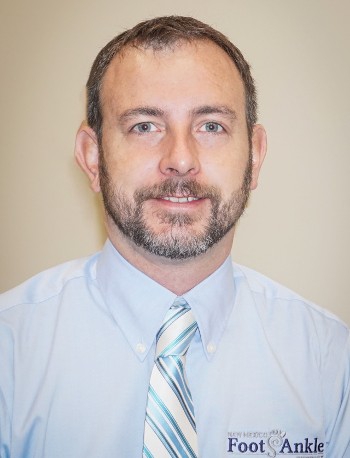 A ganglion cyst is a fluid-filled swelling of the lining of a joint or tendon. Although ganglions can form on any part of the foot, they most often appear on the ankle or top of the foot. Ganglions tend to change in size and usually grow slowly.
A ganglion cyst is a fluid-filled swelling of the lining of a joint or tendon. Although ganglions can form on any part of the foot, they most often appear on the ankle or top of the foot. Ganglions tend to change in size and usually grow slowly.
Causes of a Ganglion Cyst
Repeated irritation can weaken the lining of a joint or tendon and lead to ganglions. People who wear boots are more vulnerable to ganglions, as this type of footwear puts stress on the foot and ankle. Bone spurs (bony outgrowths) may also cause ganglions by irritating the joints and tendons.
Symptoms
Ganglions often form with no symptoms. But if the ganglion puts pressure on the nerves in the overlying skin, it can cause tingling, numbness, or pain. Ganglions sometimes swell and their size can change with different activities or a change in weather.
How is a Ganglion Cyst Diagnosed?
Because ganglions are sometimes mistaken for tumors, it’s important to have a complete examination and, possibly, tests to confirm the diagnosis.
Tests
If a bone spur is suspected, x-rays may be needed. Fluid removal (needle aspiration) may be done to help determine the degree of swelling and to decrease pain. To confirm a ganglion, magnetic resonance imaging (MRI) may be done, which reveals images of soft tissue and bone.
How Are Ganglions Treated?
Ganglion cysts are often difficult to treat without surgery-but nonsurgical methods may be helpful in relieving some of your symptoms.
Nonsurgical Care
- Pads placed around the ganglion can ease pressure and friction.
- Fluid removal may also relieve symptoms, though ganglions may recur.
- Limiting movements or activities that increase pain may bring relief.
- Icing the ganglion for 15-20 minutes may temporarily relieve inflammation and pain.
- If your inflammation is severe, your doctor may treat your symptoms with medication.
Surgical Treatment
If a ganglion is causing ongoing or severe pain, a physician from the New Mexico Foot & Ankle Institute may recommend foot surgery. The entire ganglion wall is removed during the procedure; some surrounding tissue may also be removed.
For more information see one of the foot and ankle specialists at New Mexico Foot & Ankle Institute. Please call 505-880-1000 to schedule an appointment.

